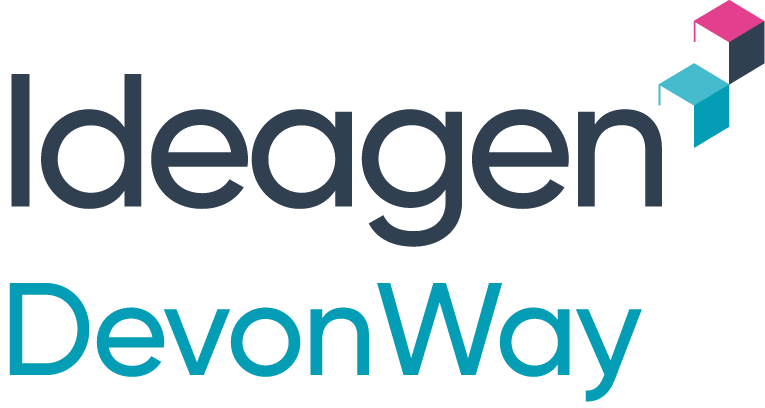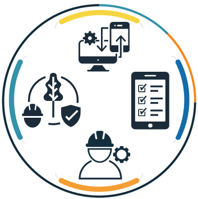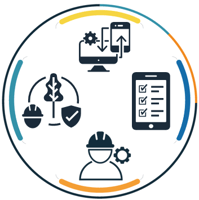As manufacturing and subsequent operational activities have increased the quality levels of coordination and planning of executional activities, we have seen a decrease in overall safety incidents based on OSHA’s study of injury per 100 workers (10.9 in 1972 reduced to 2.8 in 2017).
One question that is vexing safety professionals is not only how a company can reduce incidents, but how a company can reduce overall exposure to fatalities or safety risks in general. A good analogy for this chicken and egg conundrum can best be shown through the obesity epidemic. While there is a myriad of methods to lose weight (exercise, medication, surgery), those are merely mitigating specific obesity related “incidents”. If an obese individual is still eating poorly, not exercising, and doesn’t have a supportive, healthy environment during their day-to-day lives, then their exposure to the risk of obesity hasn’t improved at all.
Trying to reduce exposure to risk is a never-ending battle, but a battle that can be won with the right approach. How does one reduce exposure to risk over time, while still reducing actual safety incidents in the immediate? An insightful piece from Don Martin and Scott Stricoff of Dekra outlined some best practices to begin mitigating this issue, which the authors define as a serious injuries and fatalities (SIF) issue:
- Add “SIF Potential” in your existing safety KPI dashboard
- Determine how broadly or narrowly you want to define SIF Potential
- After defining SIF Potential, create a scoring system that allows you to measure your defined SIF data points
- Review previous safety incidents and begin scoring them to see if your criteria work in practice
- Set goals accordingly
After engaging in these activities, how will you preemptively prevent SIF issues before they happen? The shortest answer is collecting data, but collecting data isn’t enough. Deriving insights from data collected and trying to assess trends around SIF issues is the best point forward.
DevonWay’s Trending and CAPA features combine the top two needs for a SIF mitigation program. Trending allows you to take your SIF KPI datapoints and plot movement around benchmarks over whatever time frame you so choose. DevonWay’s CAPA tool allows for routing identified issues from the Trending functionality to the appropriate people to help fix whatever issue is uncovered. Additionally, within CAPA, effectiveness reviews are built in to prevent going through the motions with procedures that are connected to minimizing SIF. Finally, CAPA within DevonWay has 8D cause investigation functionality built in to determine how deep any issue uncovered in a trend analysis truly goes. When done properly, you not only will continue to reduce safety incidents, but will also manage to further reduce your company’s exposure to adverse safety hazards in the long run.







